photo credit: Travis Hamilton
James Muggah, Travis Hamilton, Steve Brucker, Weston Renoud, Anand Hiroji,
Ian Church and John Hughes Clarke
Ocean Mapping Group
Dept. Geodesy and Geomatics Engineering
University of New Brunswick
|
photo credit: Travis Hamilton
|
Nuliajuk 2012 Mapping Operations
-
Preliminary Results James Muggah, Travis Hamilton, Steve Brucker, Weston Renoud, Anand Hiroji, Ian Church and John Hughes Clarke Ocean Mapping Group Dept. Geodesy and Geomatics Engineering University of New Brunswick |
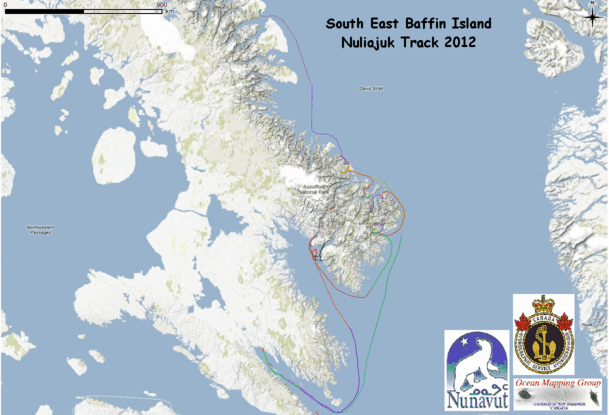
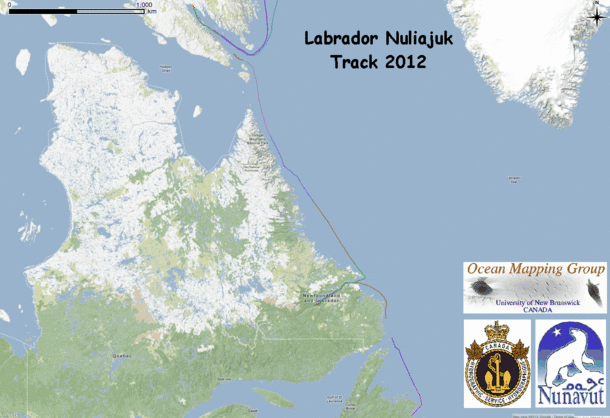
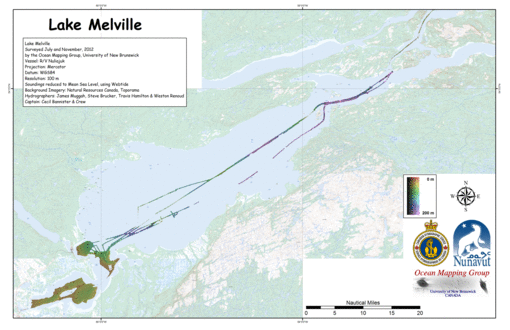
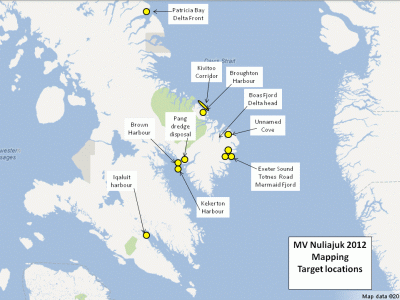 |
Overview
map
from
Clyde
to
Iqaluit. Apart from a 2 day window in mid August, all the Nuliajuk mapping in Nunavut took place during a 30 day period covering the full month of October. The UNB mapping team boarded in Clyde River and disembarked in Iqaluit. The main target areas were:
|
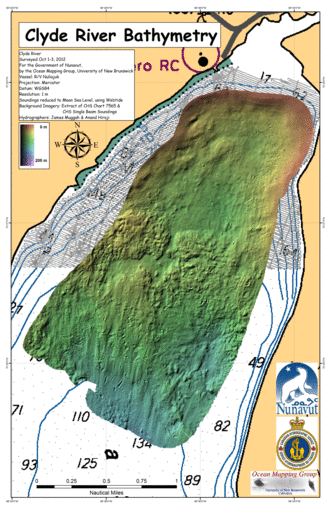 |
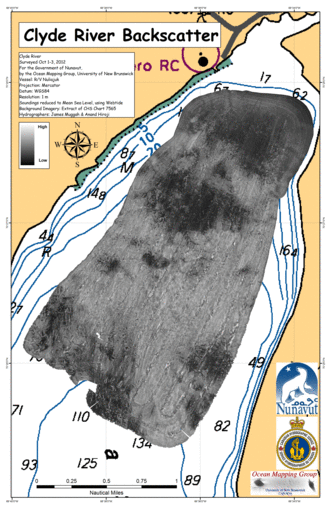 |
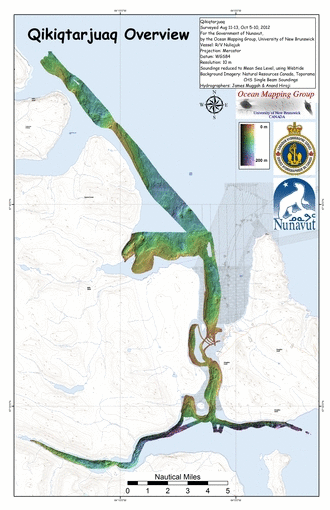 |
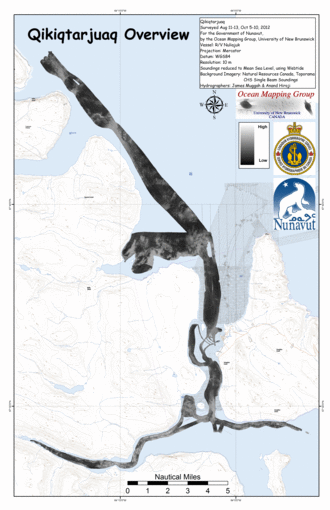 |
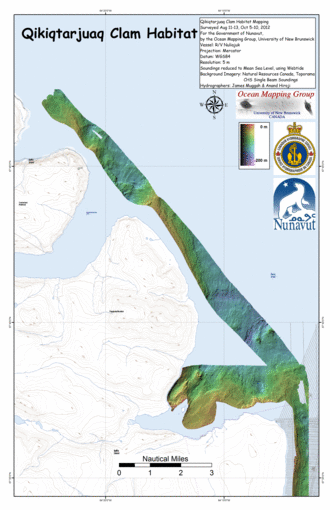 |
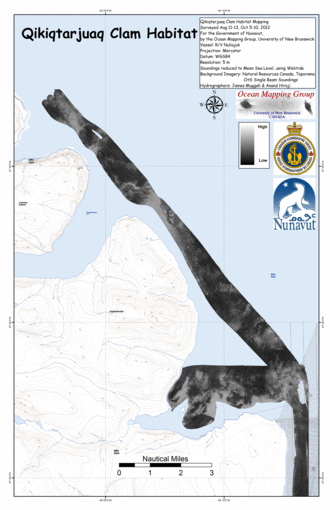 |
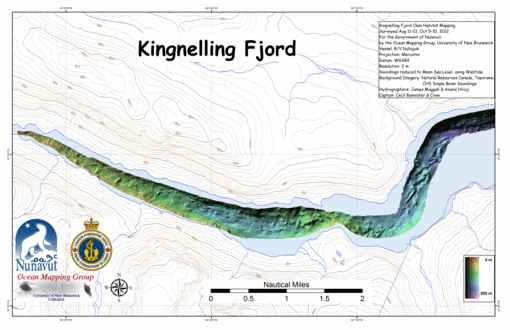 |
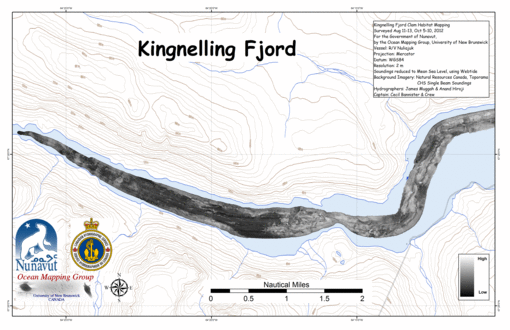 |
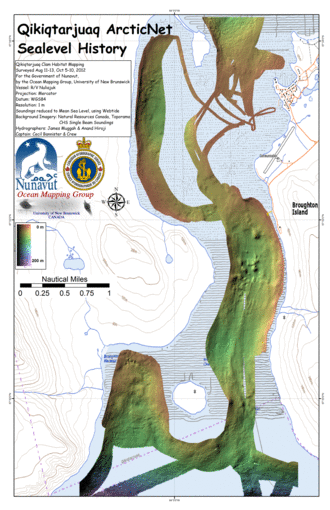 |
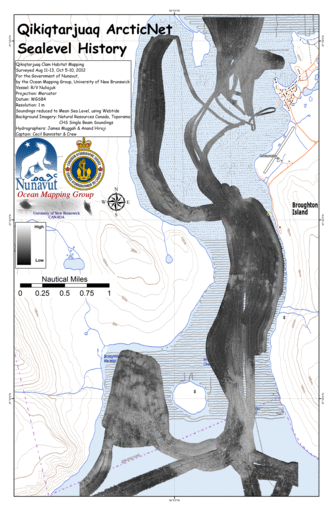 |
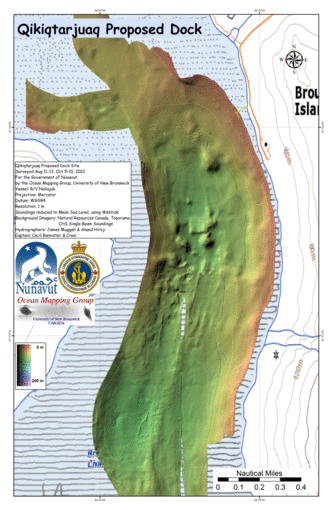 |
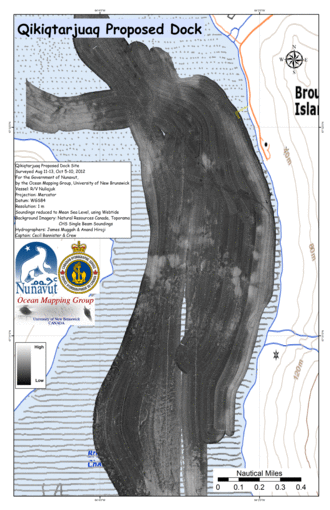 |
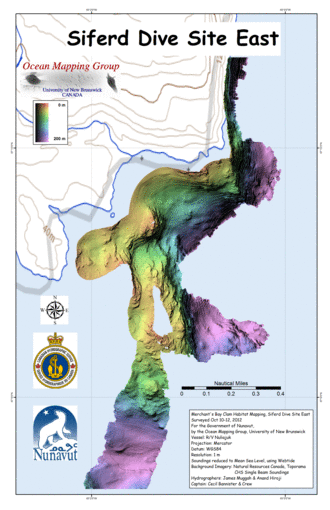 |
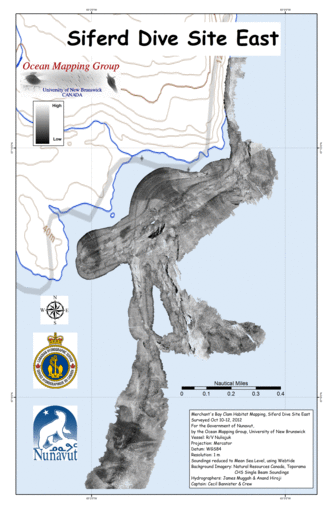 |
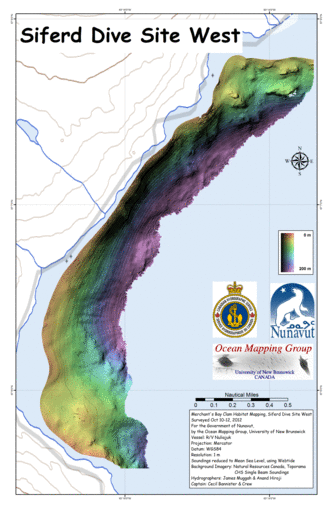 |
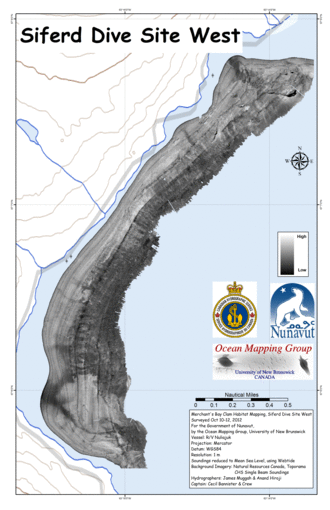 |
| Merchants
Bay
East
-
ArcticNet
sites The focus site was Boas Fjord where a suspected terrace halfway in and one at the head of the fjord were both investigated. In addition, in order to get to the head of the fjord, a previously unknown sill was identified and partially surveyed (enough to safely get around it). Note that the centre of the fjord is beyond EM3002 tracking depth. The FCV-30 sounder maintains tracking (up to > 1500m) and thus it is hoped that at least a crude representation of the bathymetry > 300m can be preserved. As an anchorage site on the way out, the "Unnamed" cove was investigated and found to also contain a useful submerged terrace. |
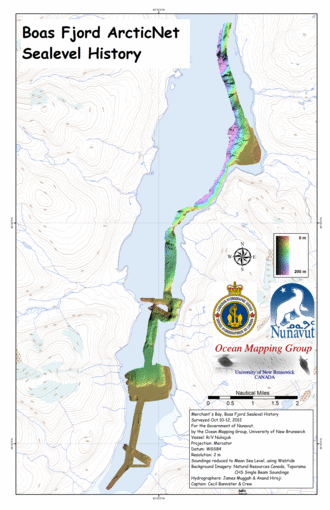 |
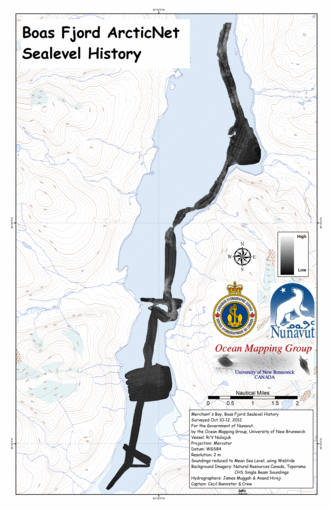 |
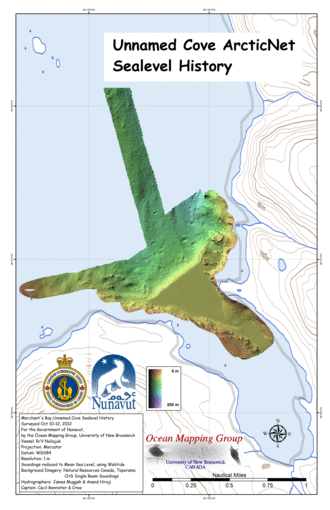 |
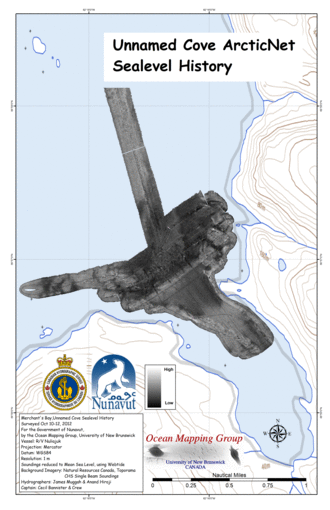 |
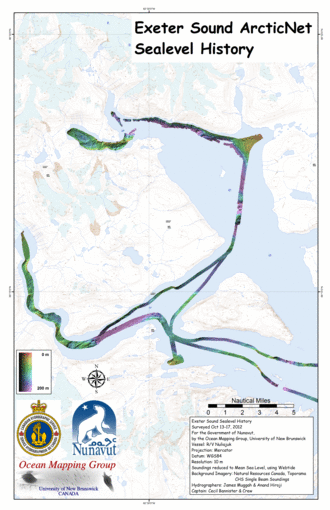 |
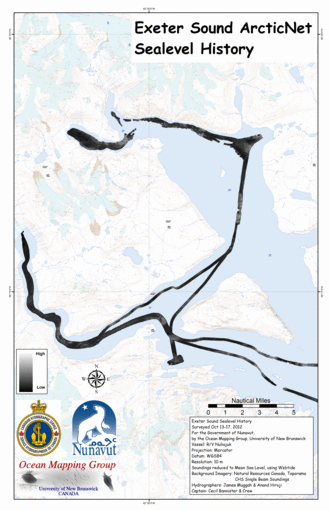 |
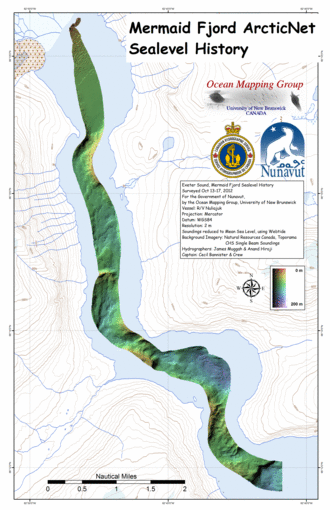 |
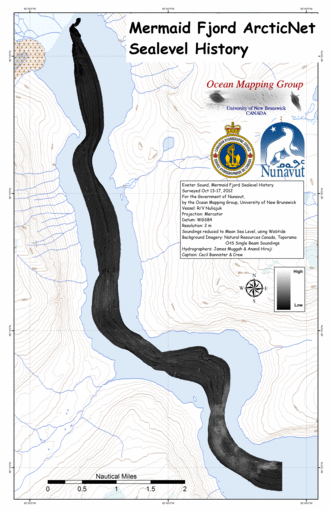 |
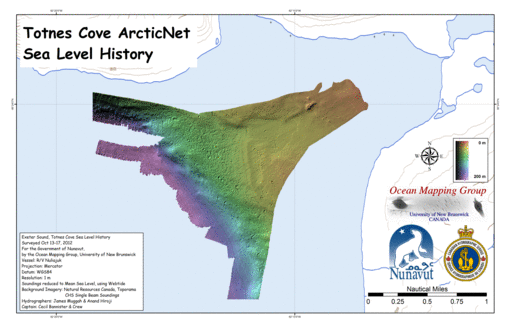 |
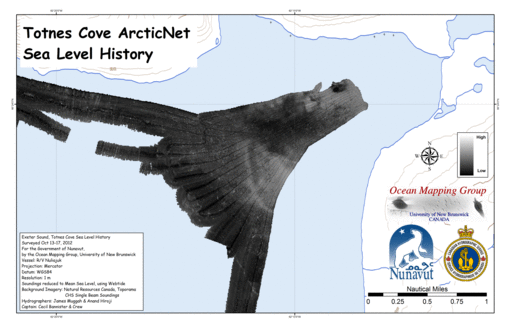 |
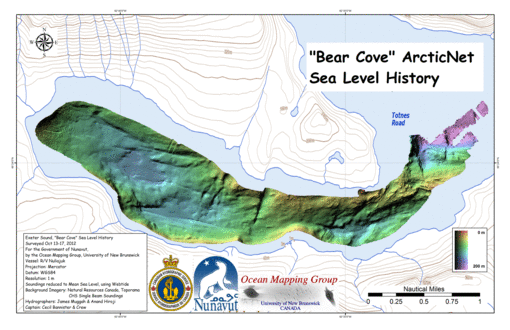 |
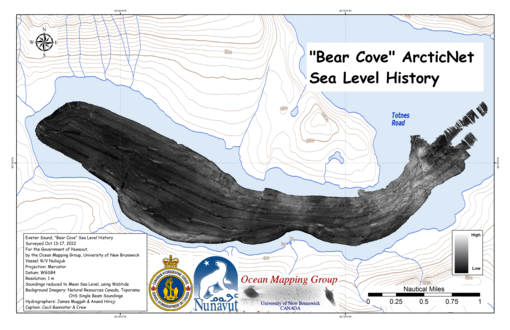 |
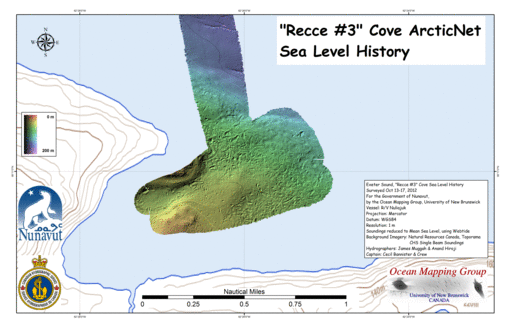 |
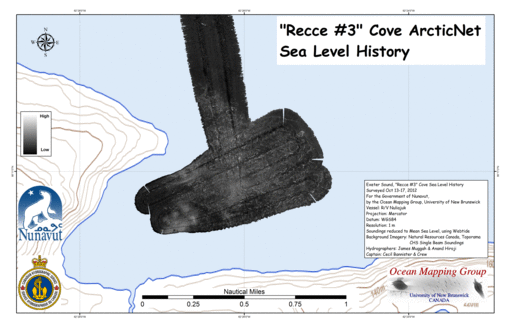 |
| Kikistan to
Pangnirtung Corridor with section into Brown Harbour |
|
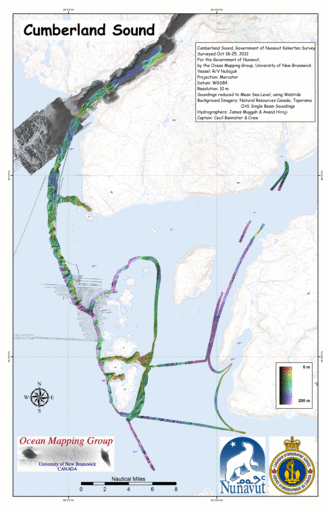 |
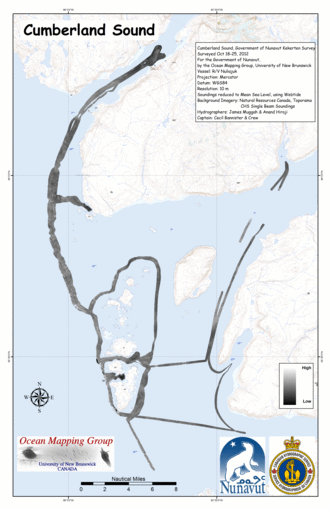 |
| Kikistan Island Reconnaisance | |
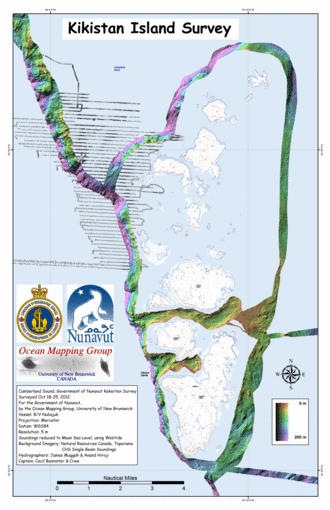 |
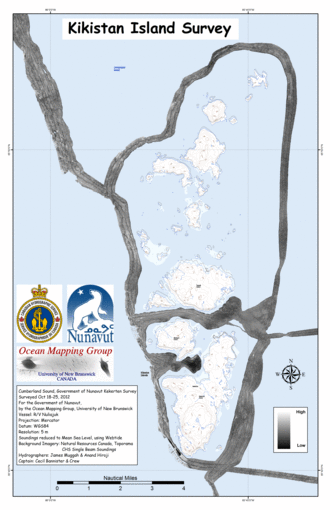 |
| Kekerten Harbour Detail. | |
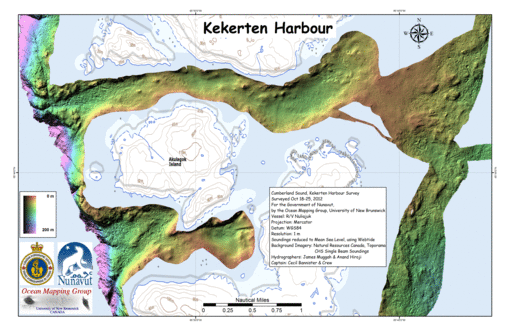 |
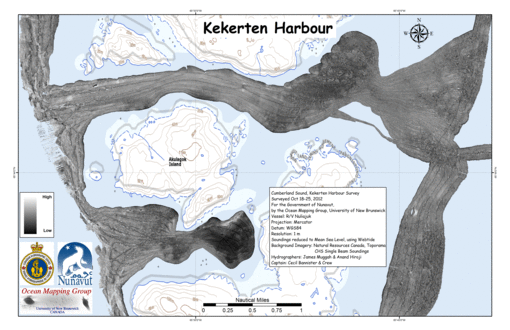 |
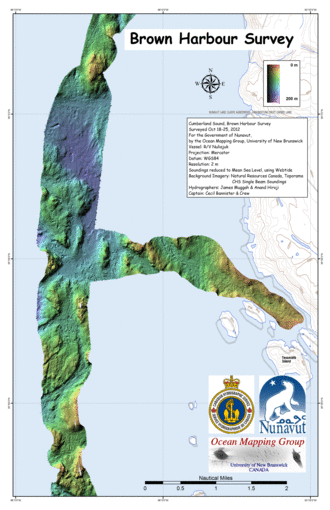 |
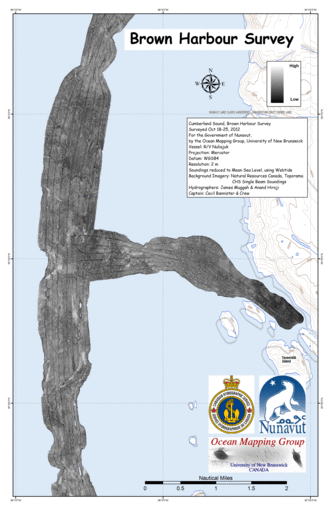 |
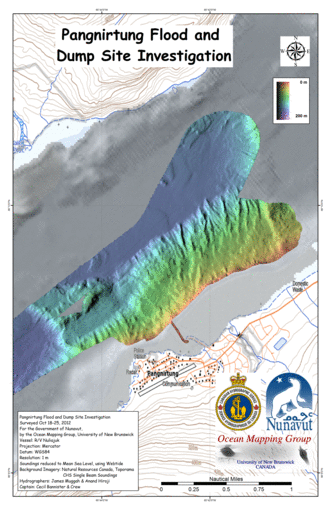 |
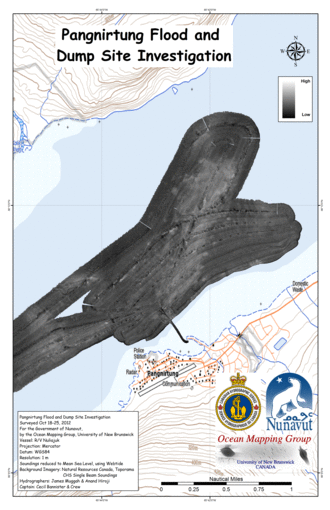 |
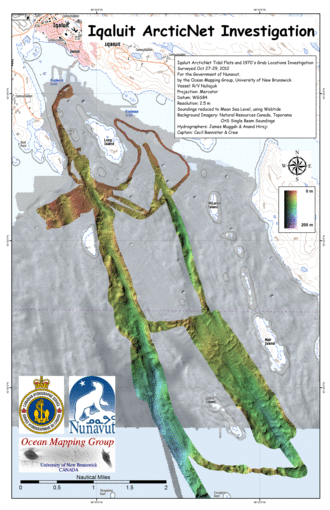 |
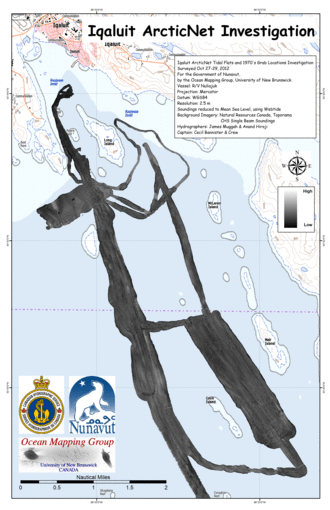 |